Jakarta (CNN)The doomed Lion Air flight that crashed into the sea, killing 189 passengers last month, was found to have a malfunctioning air speed indicator for its last four flights -- and, crucially, at the time of the crash, according to the head of Indonesia's National Transportation Safety Committee.
Investigators who analyzed the flight data recorder after the October 29 crash uncovered the fault, the committee said. The finding is the first technical problem revealed as part of the investigation into why the plane crashed.
"We are formulating, with NTSB and Boeing, detailed inspections regarding the airspeed indicator," according to Soerjanto Tjahjono, head of the committee.
"We found a malfunction in an air speed indicator instrument in the last four flights, including the crash flight," Capt. Nurcahyo Utomo of the National Transportation Safety Committee (KNKT) told CNN on Monday. "We ask NTSB and Boeing to work on this to prevent same accident happening in the future."
Utomo confirmed to CNN that there were two airspeed indicators in the cockpit. "One belongs to the pilot in command and one belongs to the co-pilot. One of them should have reacted to the airspeed indicator malfunction in his display," said Nurcahyo, confirming that the jet was in the pilot's control, set to manual.
Boeing, the manufacturer of the 737 MAX 8, and US aviation investigators at the NTSB have been working with Indonesian experts on the analysis of the flight data recorder in Indonesia.
Boeing did not respond to a request for a comment by CNN. Lion Air declined to comment.
Plane was intact when it crashed, investigators say
Lion Air Flight 610 was intact with its engines running when it crashed at high speed into the Java Sea, Tjahjono said Monday.
Tjahjono said that due to the small size of the debris found and loss of the plane's engine blades, investigators determined that Flight 610 did not explode in the air, but was in "good shape" before it crashed 13 minutes after takeoff.
Speaking with victims' families in Jakarta, Soerjanto said there was a technical problem with the new Boeing 737 MAX 8 aircraft on the day of the crash. He did not provide further details about the problem.
Authorities previously confirmed that the pilots flying the same plane on another route the day before the crash had experienced technical issues.
The confirmation of Flight 610's condition comes as divers continue to search for the aircraft's missing cockpit voice recorder (CVR), commonly known as a black box, which could help investigators piece together the plane's final moments before it crashed.
Locating the cockpit voice recorder
The head of Indonesia's Search and Rescue Agency, Basarnas, said Sunday that after initially hearing a "ping" from the CVR on Saturday, diving teams could no longer hear a signal from the device.
"We checked that spot, located around 50 meters from the location of finding the first black box. But we can't find the CVR yet," Muhammad Syaugi said.
Meanwhile, the plane's other black box, the flight data recorder, was located Thursday, and investigators said it showed Flight 610 had performed 19 flights -- including its final flight.
Six black box experts from four different countries are now analyzing the flight data recorder to piece together the last moments of the 737 before it crashed.
Syaugi said that the search operation had been extended and would continue through Wednesday.
The focus of continuing efforts will be to recover additional victim remains and to locate the CVR, he said.
Analysts say finding the cockpit voice recorder is imperative if investigators are to determine whether the crash has implications for other airlines collectively operating thousands of Boeing 737 flights around the world each day.
Pilot reported plane issues
The day before the crash, the Boeing 737 MAX 8 -- which had only around 800 flying hours on the clock -- had experienced a significant drop in altitude on a flight from Bali to Jakarta, passenger Robbi Gaharu said.
"After 10 minutes in the air the plane dropped as if it was losing power. People panicked. It dropped about 400 feet," said Gaharu, adding that he had confirmed the height of the drop on a flight-tracking website. He said the drop felt like falling into "a really, really deep hole."
Lion Air confirmed to CNN that the same aircraft was used on that route, and Indonesian authorities confirmed that the pilot on the flight reported a problem with one of the plane's instruments.
Capt. Daniel Putut Kuncoro Adi, managing director of Lion Group, said that all information had been handed over to Indonesia's National Transportation Safety Commission, and he could not answer any questions about the fault because of a nondisclosure agreement signed to accommodate the investigation.
The fast-moving currents and muddy waters of the crash site in the Java Sea have hindered recovery efforts since the plane came down.
On Saturday, Syaugi confirmed that one of the more than 100 divers involved in the search had died.
Syahrul Anto, 48, was found unconscious Friday after his diving partner noticed he had disappeared, said Syaugi. He was immediately brought back to shore and was attended by doctors but Syaugi said that "God had a different plan."
Anto was a qualified, senior diver "who devoted his life for our country," Syaugi said.
Syaugi, who is responsible for the diving team, said those involved "are very qualified divers, outstanding divers, with long experience. They are come from Navy special task forces, from the police, from the Basarnas team, and some are volunteers from diving clubs."



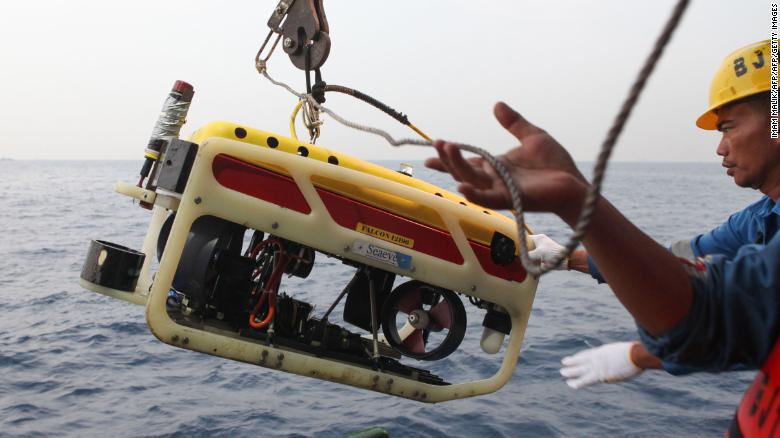
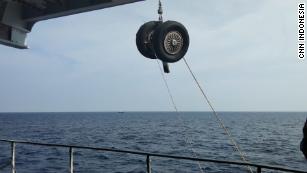
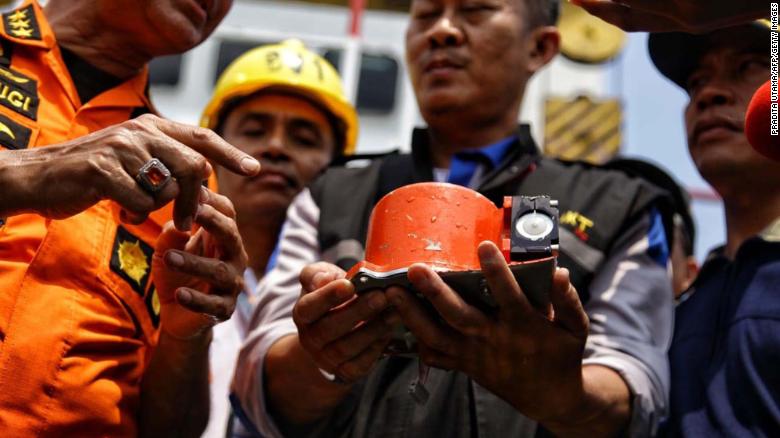
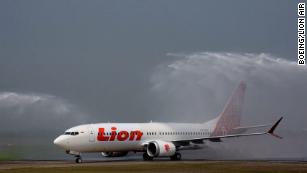
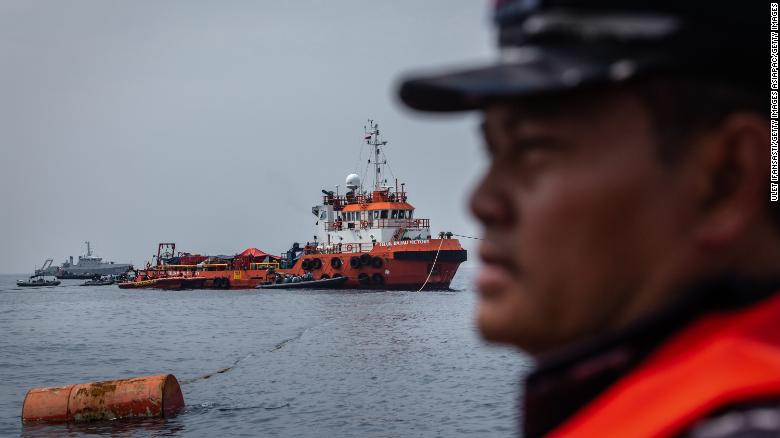
Ingen kommentarer:
Legg inn en kommentar
Merk: Bare medlemmer av denne bloggen kan legge inn en kommentar.